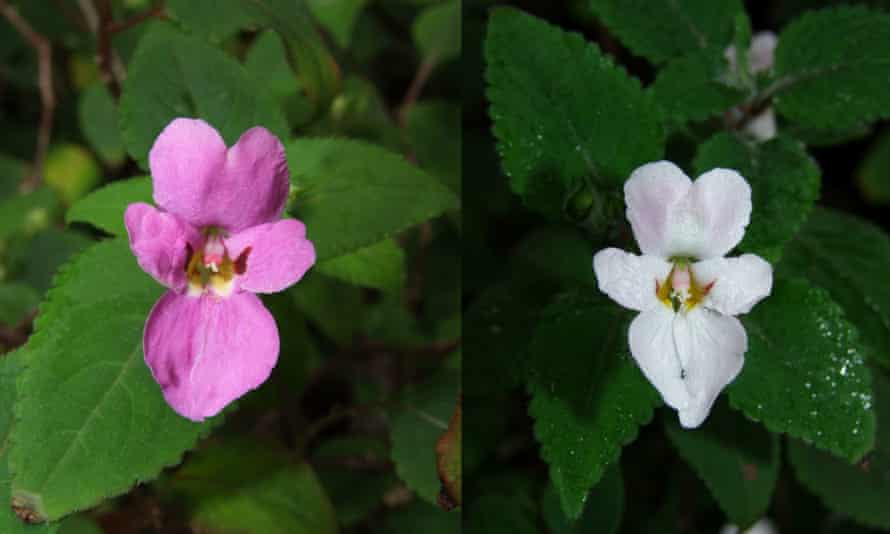Six new dinosaurs, an Indian beetle named after Larry the cat, and dozens of crustaceans critical to the planet’s carbon cycle were among 552 new species identified by scientists at the Natural History Museum this year.
In 2021, researchers described previously unknown species across the tree of life, from a pair of giant carnivorous dinosaurs known as spinosaurs – nicknamed the “riverbank hunter” and “hell heron” – to five new snakes that include the Joseph’s racer, which was identified with the help of a 185-year-old painting.
With international travel to field sites restricted, scientists at the London-based museum concentrated on describing existing collections and species that roamed the Earth millions of years ago.
“It has been a fantastic year for the description of new dinosaurs, especially from the UK,” said Dr Susannah Maidment, a senior researcher in paleobiology at the museum, who helped describe some of the new finds. “Although we’ve known about the UK’s dinosaur heritage for over 150 years, the application of new techniques and new data from around the world is helping us to uncover a hidden diversity of British dinosaurs.”
Spinosaurs were among four UK dinosaur species described by researchers alongside a new iguanodontian with an unusual snout from the Isle of Wight, and Pendraig milnerae, the earliest known carnivorous dinosaur from the UK.
More than half of the new species identified at the museum this year were copepods, small shrimp-like creatures found in salt and fresh water. They form a large part of zooplankton on which krill, fish and other invertebrates feed, playing a vital role in the planet’s ecology and carbon cycle.
Because of their abundance, copepods are among some of the biggest carbon sinks in the oceans. Scientists described 291 species this year, many from a collection created over six decades by French researchers Claude and Françoise Monniot.
“Copepods are not only free-living but many are parasites, and they can be found living in virtually every other major animal group,” said Prof Geoff Boxshall, a researcher in the museum’s department of life sciences who identified the crustaceans with a South Korean colleague, Il-Hoi Kim.
“The huge Monniot collection was made available to Il-Hoi Kim and myself, and as we are both recently retired, we theoretically had time to finally go through it. However, the collection was so enormous it was somewhat daunting – but then Covid-19 happened and completing the series of papers became my lockdown project.”

Other newly identified species included 52 wasps, 13 moths, seven crabs, six flies and five amphipods. Beetles featured heavily, as they did in 2020, with 90 new species described. They included a pair of purple and green metallic beetles from India, a monochromatic beetle with a large pair of jaws from the Philippines, and a marsh-loving beetle named in honour of Larry the cat, the Downing Street mouser.
A new bush-cricket from south-east Asia, known for its song before the animal had ever been seen, was finally determined to be a species found in Singapore – now known as Mecopoda simonodoi – a specimen of which has actually been sitting in the museum since 1984.
Five new species of plants from eastern Africa were identified: known as jewelweeds or touch-me-nots, they usually produce delicate pink or white flowers, except for a few species which have switched to red flowers to attract birds rather than butterflies for pollination.
As well as the plants, eight new species of algae, six parasitic worms and three diatoms – single-celled algae – were identified.
Find more age of extinction coverage here, and follow biodiversity reporters Phoebe Weston and Patrick Greenfield on Twitter for all the latest news and features